Have you ever bought meat and found one part tender and another chewy and muscular? That’s because a cow has several types of meat.
Various cuts of beef come from primal cuts, or the main pieces of meat taken from a cow during the butchering process. Understanding where the cuts are taken can help you determine the best choice for your cooking.
Our detailed guide covers the kinds of meat from a cow, their characteristics, and common uses to help you make an informed decision.
Table of Contents
10 Primal Cuts of Beef
1. Chuck
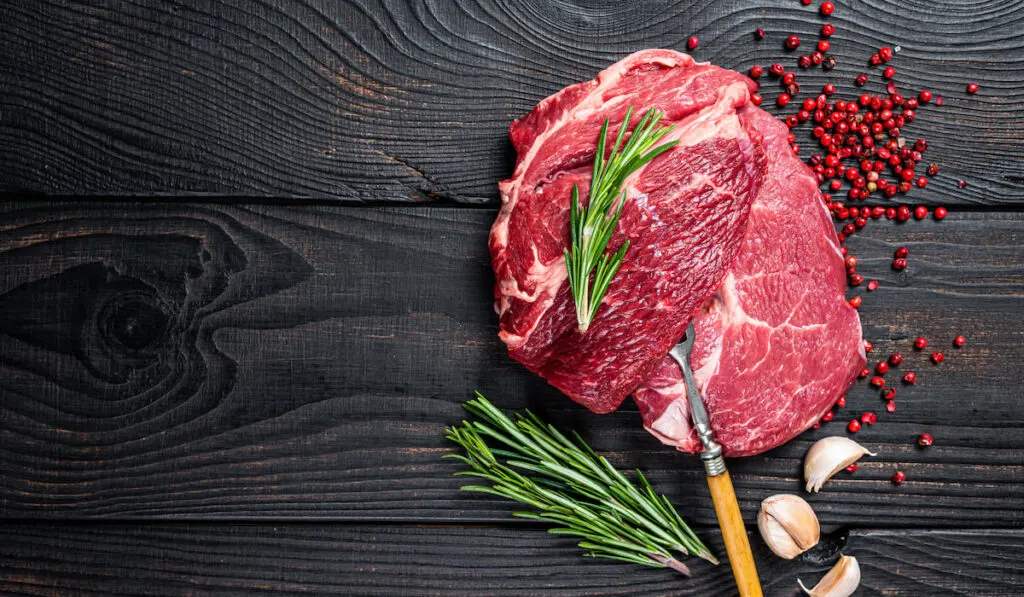
Chuck meat is from a cow’s shoulder. The primal cut at the front chest and top of a cow includes the neck and shoulder parts.
Sub-primal cuts include chuck steak, chuck fillet, ground beef, bottom blade, top blade, neck, and shoulders.
This cut of meat is tough as cows use their shoulders a lot. However, it’s also one of the more flavorful cuts to eat. Butchers cut the chuck in different ways to give consumers lots of options.
If you’re looking for an affordable and flavorful piece of beef, chuck cuts are one of the best choices.
The primal cut has connective tissue, making it an excellent choice for braised dishes, as the extra tissue tenderizes tougher cuts during cooking. Chuck meat is also fatty, which makes it great for ground beef.
The popular 7-bone roast comes from beef chuck.
Butchers also separate the chuck from the rib primal between the fifth and sixth ribs. That section has muscle that is similar to the muscle that makes the rib-eye steak.
Here are some of the cuts you’ll see:
- Ground chuck
- Top blade steak
- Boneless chuck short ribs
- Blade roast
- Chuck pot roast
- Flat-iron steak
- Shoulder tender medallions
- Country style ribs
2. Brisket
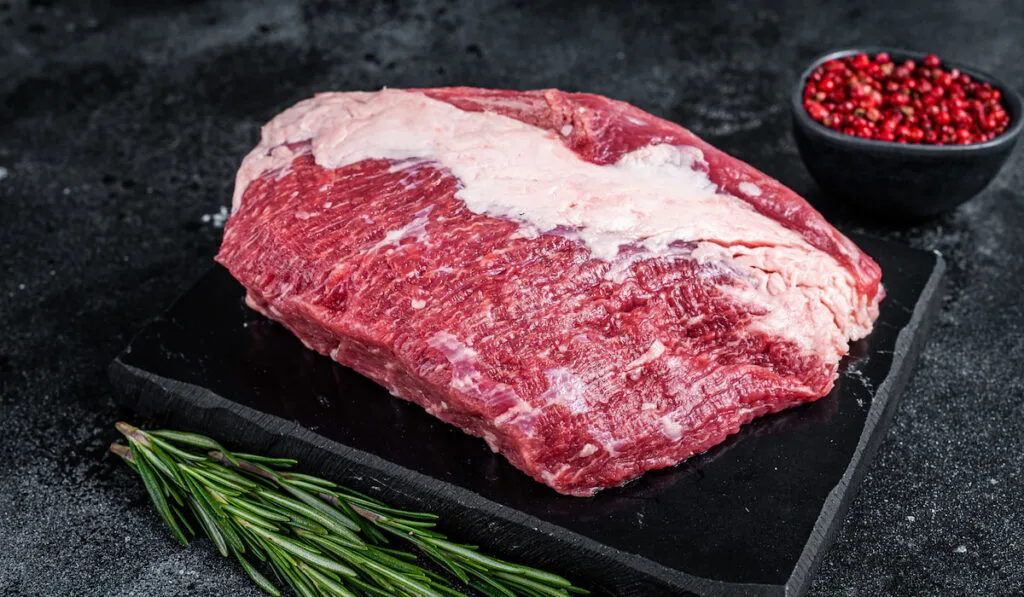
The brisket cut is another barbeque favorite.
The brisket is the pectoral muscle of the cow – the part of a cow’s breast known for its tough and fatty texture.
The meat from this cut is coarse-grained and thick, which requires slow cooking to tenderize and break down the beef.
Despite its tough texture, brisket can be prepared and cooked to melt in your mouth.
You can use brisket to make pot roasts, and it’s also a popular choice for corned beef that involves slow cooking brisket in a smoker or a barbecue. Pastrami is also made from this cut.
Briskets have two cuts:
- Brisket flat
- Brisket point
3. Short Loin
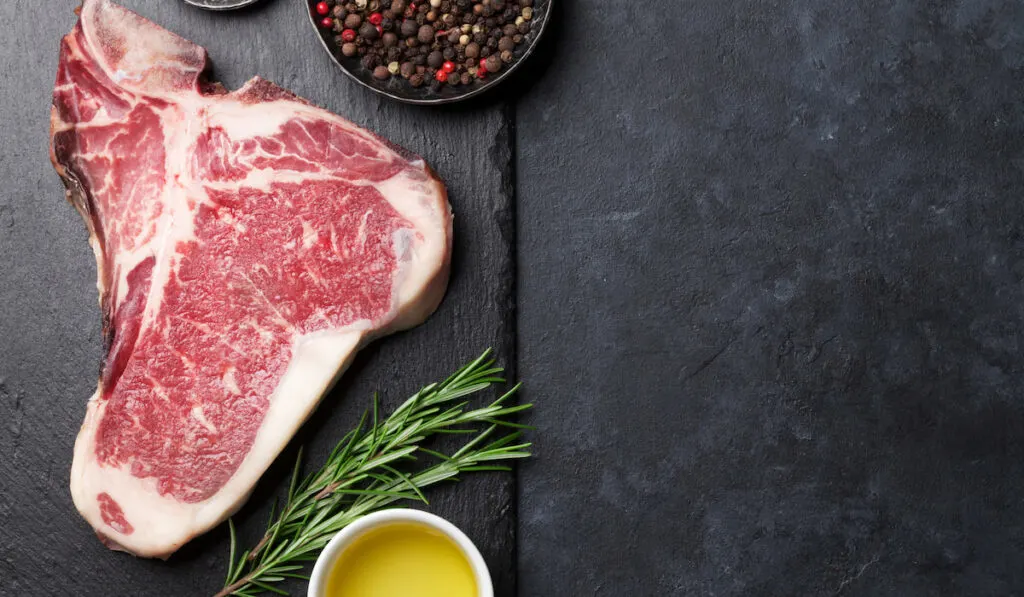
The short loin has some of the best primal cuts of meat. It’s a cut found at the back of the animal or the hindquarters.
This is where you get the famous strip steak.
Although the short loin is only about eighteen inches long, the cut can yield over twelve pieces of steak. Short loins tend to have soft cuts, which are best cooked with dry heat.
Some cuts from the short loin include:
- Porterhouse steaks
- T-bone
- Strip steak
- Top loin steak
4. Sirloin
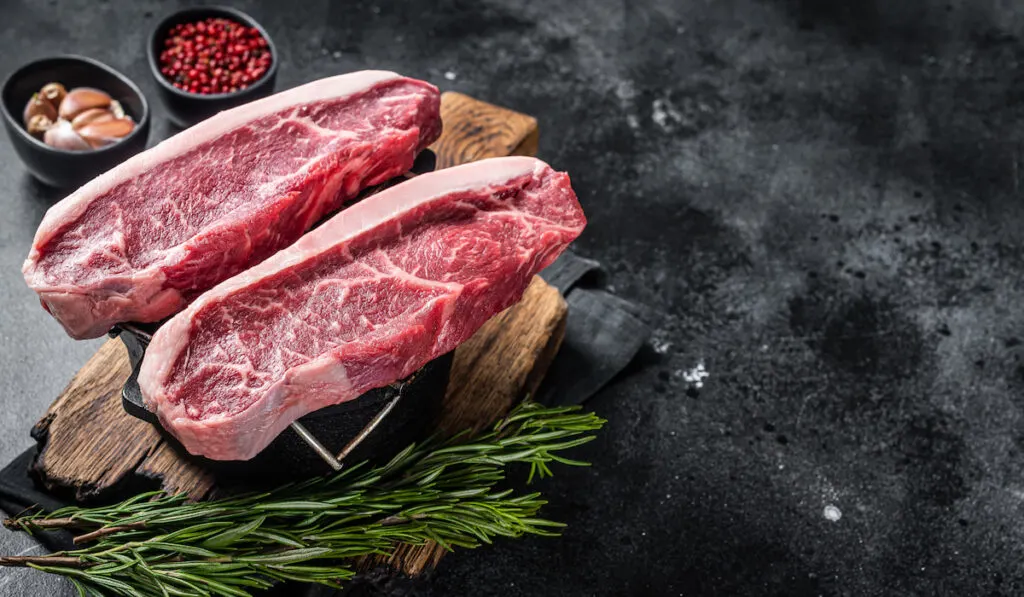
Sirloin is the upper middle section of the cow and behind the short loin.
This cut runs from the 13th rib to the hip bone and the backbone to the flank or belly.
The entire sirloin is further divided into the top and bottom sirloin.
The top sirloin is close to the animal’s rear leg and is cut into steaks. That makes this section perfect for grilling.
However, top sirloin can be chewy due to the muscles in this section. It has a similar taste to a porterhouse cut.
Top sirloin is sliced against the grain to increase apparent tenderness.
Top sirloin is best when pan-fried, but you must be careful not to overcook it.
The bottom sirloin has three parts – the flaps, the tri-tip, and the ball tip. These sections are ideal for barbequing and roasting. They can also be used for ground beef.
Some of the cuts you get from sirloin are:
- Tri-tip roast
- Tri-tip steak
- Top sirloin steak
5. Tenderloin
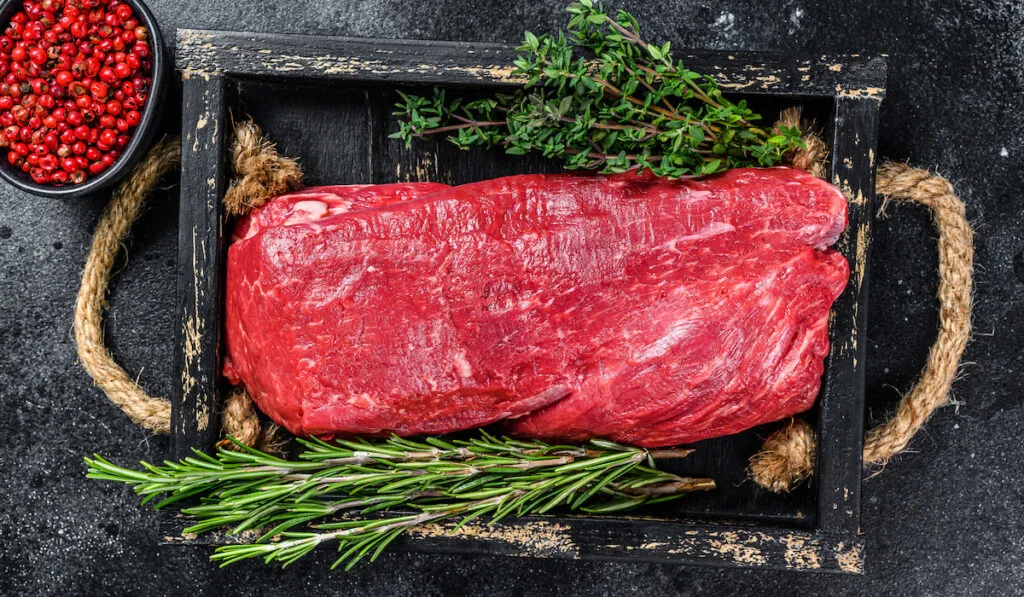
Beef tenderloin is the most tender cut within the loin. It’s the section that stretches from the short loin going into the sirloin.
Butchers cut the entire tenderloin and sell it as individual steaks or whole.
Filet mignon comes from the pointy tip end of the tenderloin, while the famous Chateaubriand comes from the center cut.
Tenderloin is best broiled or grilled as the meat is soft.
Here are common cuts that you get from tenderloin:
- Ball tip roast
- Filet of sirloin
- Tri-tip steak
6. Round

The round is a primal beef cut from the hips, rump, hind legs, and knees.
Round is an affordable cut of beef with a lot of connective tissue.
Round beef cuts are tough as they are made of hardworking muscles. Proper cooking can lead to succulent and delicious meat despite being a tough cut.
The top and bottom round cuts don’t have a lot of collagen and are lean.
The best way to enjoy round cuts is to marinate them before tenderizing them, placing them on high heat, or slow cooking the cuts. You can grill, roast, braise, and pan-sear these cuts.
Rounds can be roasted and thinly sliced for sandwiches.
Here are popular round cuts:
- Top round steak
- Rump roast
- Eye of the round steak
- Top round
7. Flank
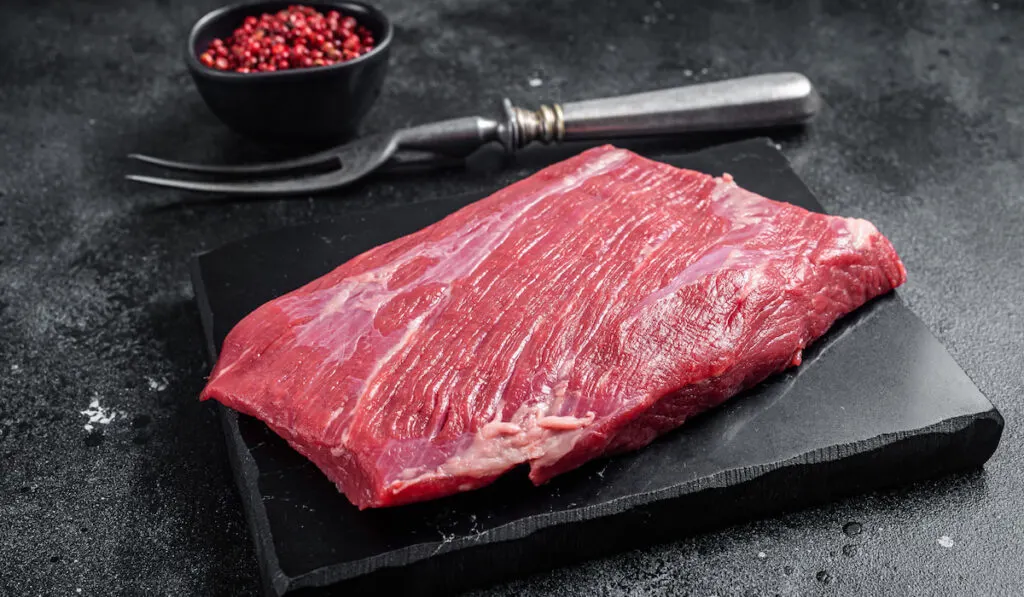
The flank is the cut below the loin. It’s the part without bones but one of the more flavorful cuts from a cow.
Back in the day, the flank was the cheapest cut. But over the years, its popularity grew, pushing the prices of the flank steak up.
Note that beef flank can be tough when cooked improperly. Marinating cuts before cooking them will tenderize the cuts.
Common uses for beef flank are braised meat dishes and ground beef.
Some of the flank cuts are the following:
- Skirt steak
- Flank steak
8. Shank
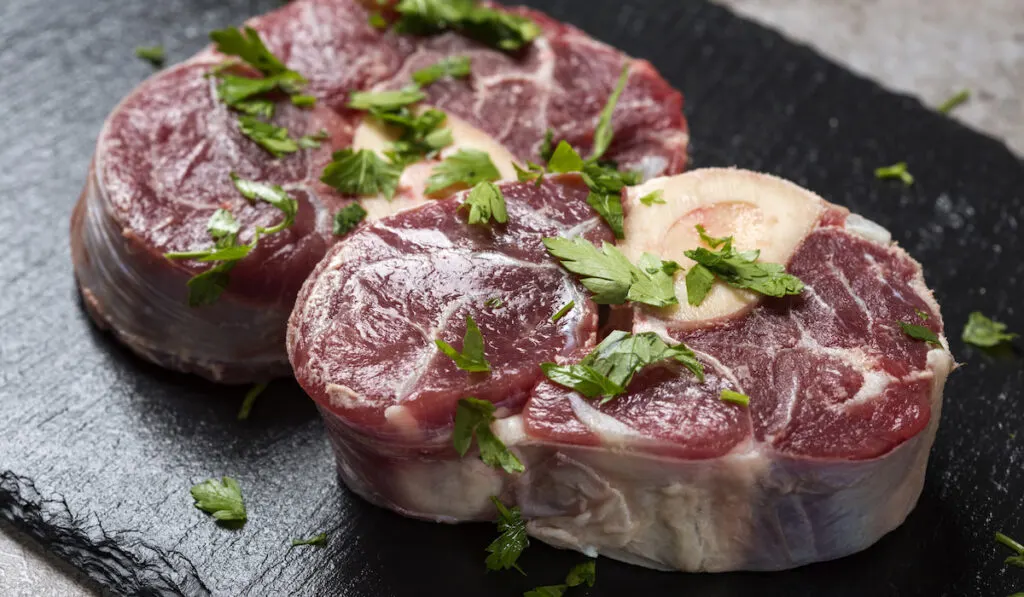
The shank is the cow’s thigh. Each side has two shanks full of connective tissue. These cuts can be tough.
Due to its sinewy dryness, shank is not common in most grocery and retail stores. Nonetheless, shank is an inexpensive option for lean ground beef or beef stock.
A shank cut is considered extra lean, with a fat content of only 7%.
Most people prefer shanks for popular dishes like osso buco and soup meat.
Your best bet when working with this cut is to braise it. That’s the only way to tenderize the meat and make it soft enough to chew.
Here are common shank cuts:
- Hind shank
- Ground beef
- Fore shank
9. Short Plate
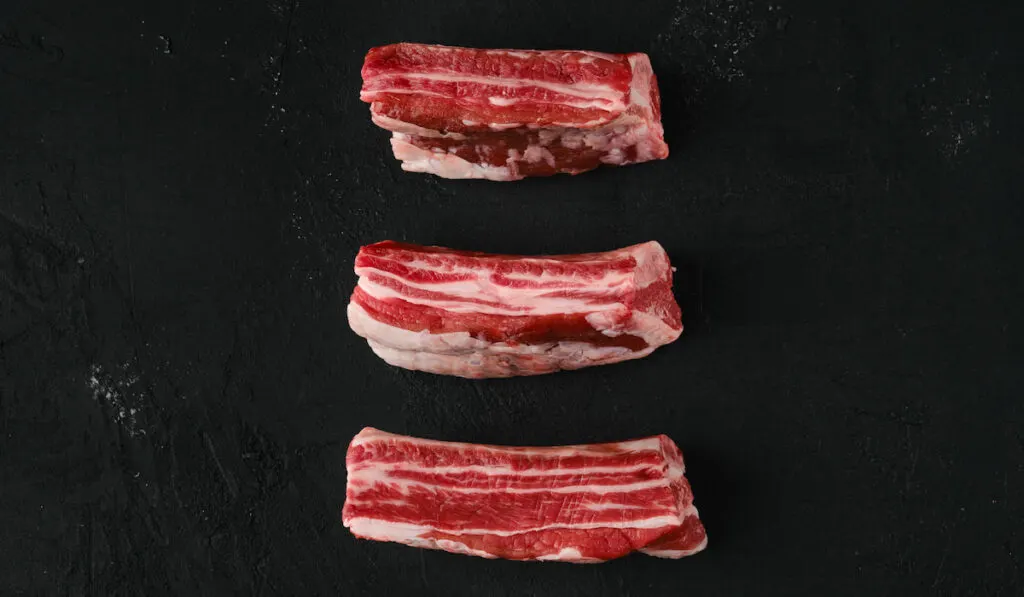
The short plate is a cow’s underbelly. It stretches from the front legs and stops at the hind legs on the animal’s lower section.
It’s called “short” because this primal cut doesn’t include the brisket part of the cow’s underbelly.
Short ribs and skirt steak are found in the beef plate primal. The steak has a unique flavor, and its thin texture allows you to cook it quickly over high heat.
Slicing the steak against the grain is advised to prevent a chewy texture.
The plate has plenty of cartilage around the ribs. That makes it perfect for braising. Ground beef can also be made from it, as it’s relatively fatty.
Here are some of the typical short plate cuts sold in stores:
- Beef bacon
- Hanger steak
- Skirt steak
- Short ribs
- Ground beef
- Pastrami
10. Rib
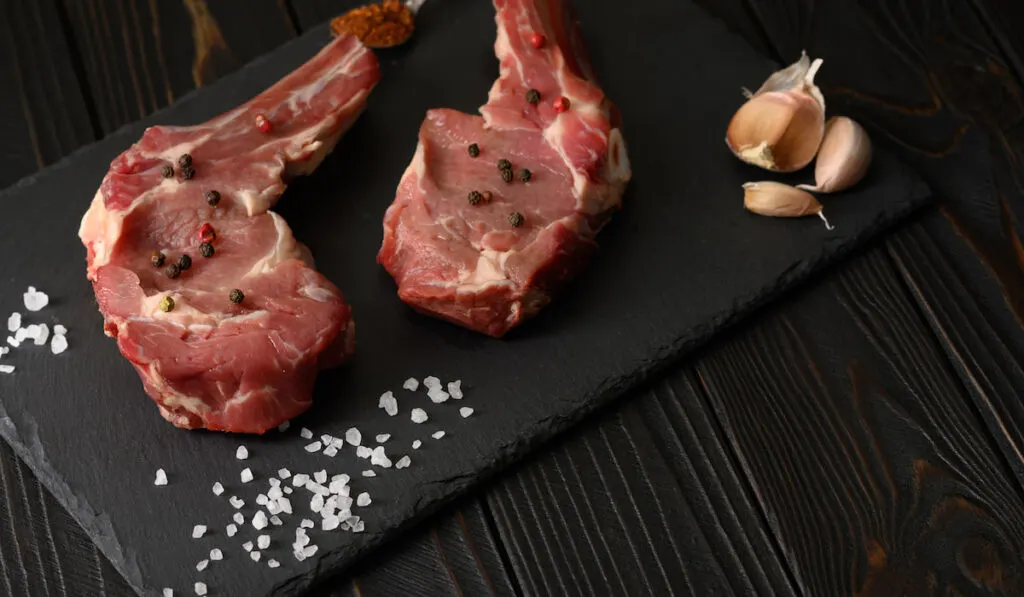
The first ribs of a cow start at the chuck section. Behind the chuck, there are 6-12 ribs.
The primal cut has a lot of flavor and can be chewy due to the fatty tissue. It’s also the cut where you get expensive short ribs.
Most short ribs are about 2-4 inches in length with different thicknesses and have an average of 44% fat.
When well-cooked, beef cuts from the ribs produce a rich, succulent flavor. They can be braised, smoked, roasted, grilled, or broiled.
Rib cuts also include the following types:
- A bone-in rib-eye steak
- Cowboy steak
- Back short ribs
- Prime rib
- Rib-eye fillet
Other Non-Primal Cuts
Some other cow parts are not part of the primal cuts but are still important, and you may come across them in stores. These include:
Oxtail
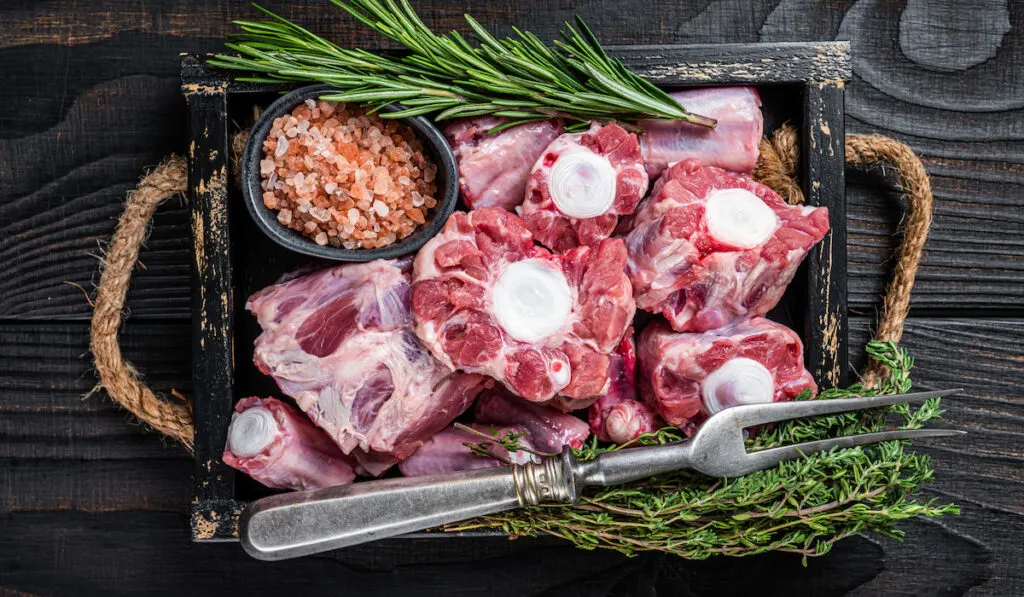
Oxtail is from the cow’s tail and is sold as bone slices covered by meat. You can use oxtail in your stews, soups, or ragu.
Cooking oxtail melts down the connective tissue and the gelatin, which makes your soups tasty.
Tips
Tips can be in various forms, like a book, blanket, honeycomb, and reed. The meat can be deep-fried or used in stews and soups after broiling until tender.
Liver
The liver is an organ meat you’ll find in a cow. It cooks fast and can be sauteed for a rich flavor.
Heart
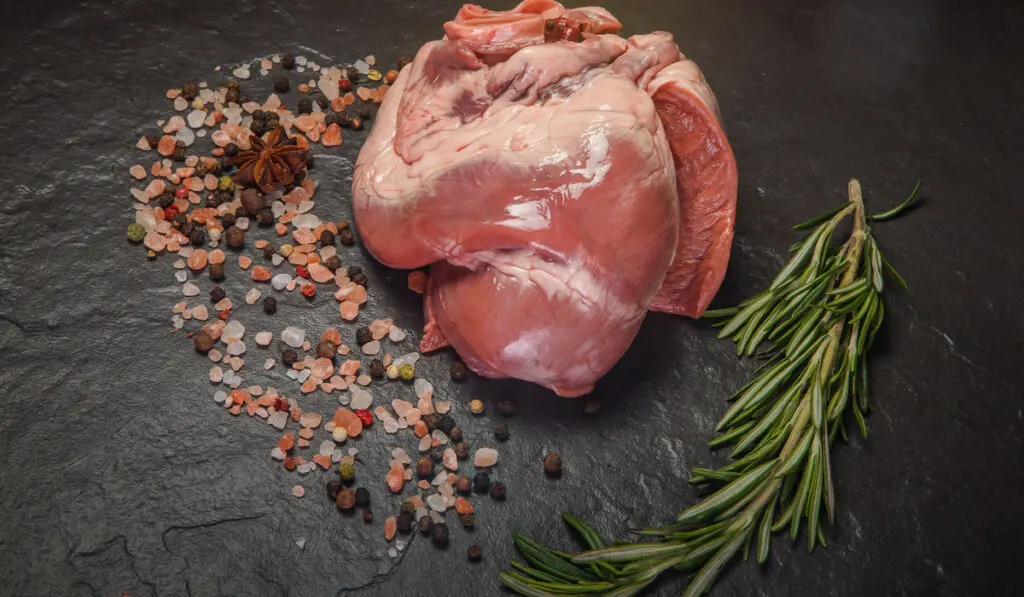
A cow’s heart has a chewy texture but can be cooked differently to tenderize it. It can be grilled, pan-seared, or broiled.
Sweetbreads
Sweetbreads come from a calf’s pancreas. You can simmer it and sear it for a crispy texture.
Tongue
The cow’s tongue is another popular meat that tends to be chewy and fatty. You can use it in your pot roast or pickle it.
What to Look for When Choosing the Best Beef Cuts
When selecting the best beef cuts, you need to do the following:
Check Its Appearance
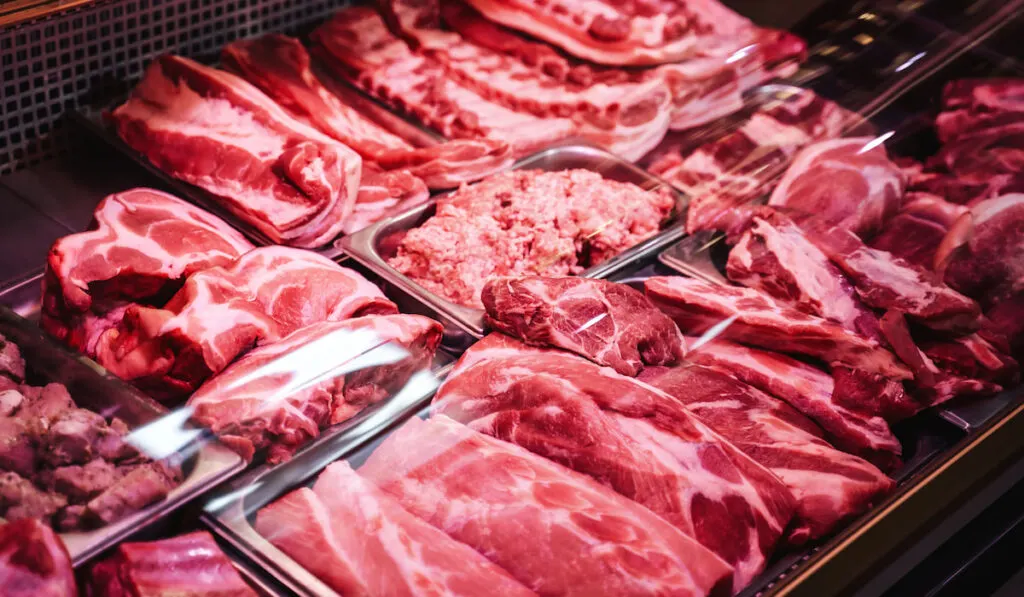
Fresh, quality beef should be a uniform bright red, firm, and mild smelling.
Avoid any cut with brown spots or patches, as this shows it’s been kept for days. Fresh beef also has less moisture in the package.
Look for USDA Grading
The USDA allocates different grades depending on the quality.
Well-marbled, tender, and young beef is given Prime, the highest grade.
Choice is the second grade, and Select is the third grade.
That also means prime cuts will be more expensive. Nonetheless, you may still find cuts in Select and Choice that are flavorful and tender when cooked properly.
Marbling
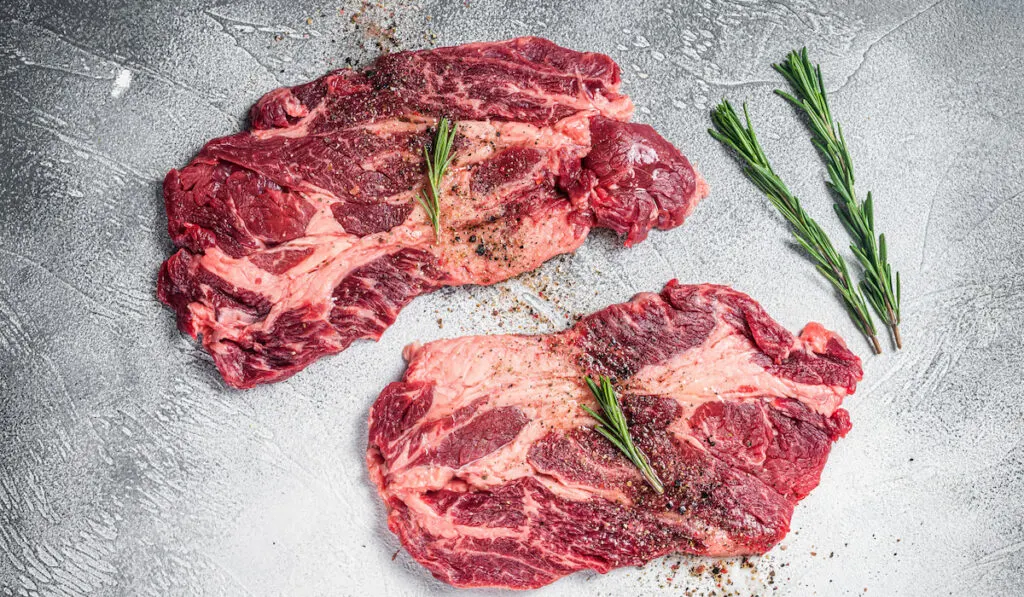
Fat gives the beef a flavorful taste and contributes to its chewy texture. Marbling is the whitish-colored lines that you see when cutting beef.
Quality and fatty beef cuts need to have even marbling.
Sirloin steaks are lean and have less fat. Chuck roast and rib-eye steaks are tender cuts, and marbling makes them juicier.
Grass-fed beef should have bright yellow fat, while grain-fed should have bright white fat.
Some sub-primal cuts, like Wagyu steak, are intensely marbled. That means they should be thinly sliced to render fat caps.
Muscle Fibers
What makes meat tough or tender is the thickness of muscle fibers.
For tender cuts that require grilling or frying, select meat that’s uniformly textured with a fine grain. The meat should also be soft to the touch and shouldn’t display individual muscle fibers.
If you’re after flavorful cuts, choose meat with thick muscle fibers and coarse grain. This meat can sometimes be tough, so it works best with marinades and slow cooking.
Choose a Cut Based on Your Budget

When comparing the different beef cuts, you’ll learn that the muscles that do the least work are the most expensive, while those that work the most are affordable but can be tougher.
For example, affordable steaks like the chuck steak, top sirloin, flat iron, and tri-tip are very flavorful when marinated and later grilled or broiled. You’ll find that cheaper cuts tend to be more delicious.
Premium steaks like prime rib, rib-eye, T-bone, porterhouse steak, and filet mignon are from muscles that perform the least work. Most of them can be grilled or cooked to medium rare for that juicy taste.
When in doubt, consult your butcher for assistance. They can advise on the best cut depending on your needs.
Final Thoughts
The best cuts of beef for you depend on your preferences, budget, and cooking method.
Some cuts are tough but, when cooked properly, are tender and flavorful. Other cuts are tender and only require a short cooking time on high heat.
Understanding the type of cut to buy will help you make an informed decision at the butchers.
Resources
- https://www.masterclass.com/articles/culinary-guide-to-all-cuts-of-beef-and-how-to-cook-each-cut-of-beef
- https://www.thespruceeats.com/cuts-of-beef-chuck-loin-rib-brisket-and-more
- https://www.beststopinscott.com/a-guide-to-meat-the-8-cuts-of-beef/
- https://www.tasteofhome.com/collection/best-cuts-of-meat/
- https://www.certifiedangusbeef.com/cuts/
- https://montanaranchandcattle.com/pages/aged-beef-and-sub-primal-cuts
- https://www.webstaurantstore.com/guide/965/types-of-beef-cuts.html
- http://www.theculinaryexchange.com/blog/what-are-the-different-cuts-of-meat/
